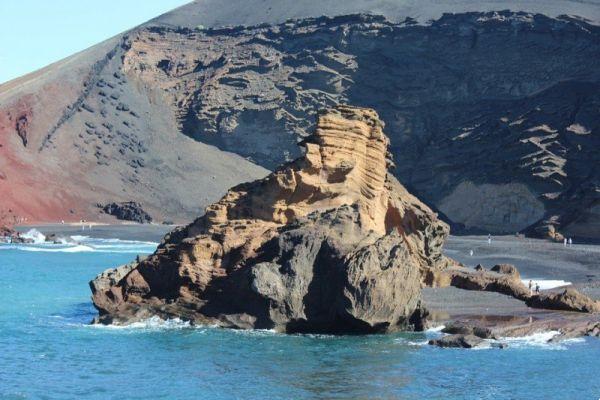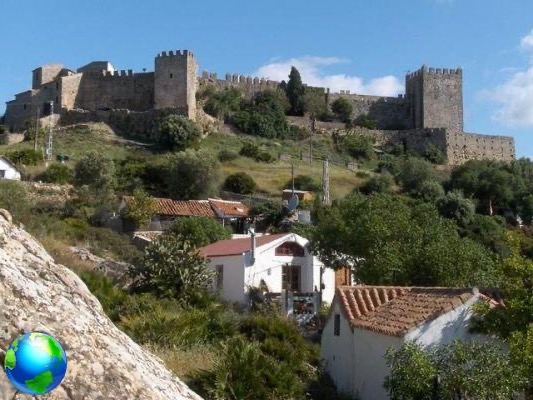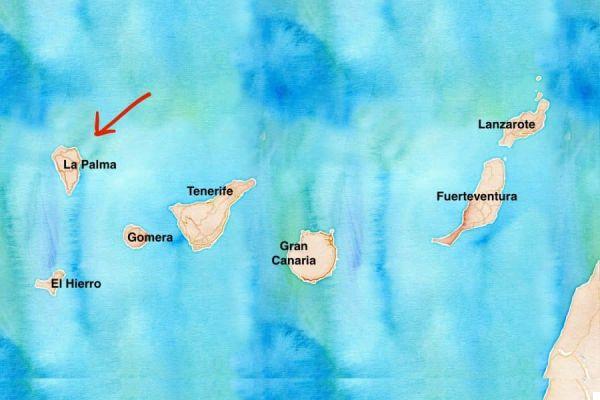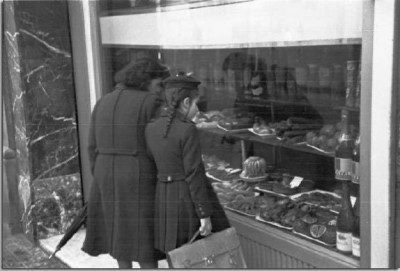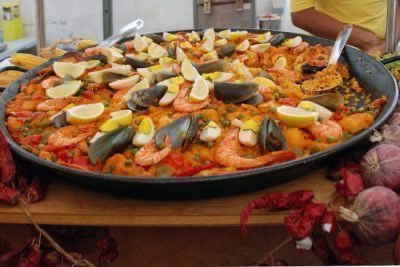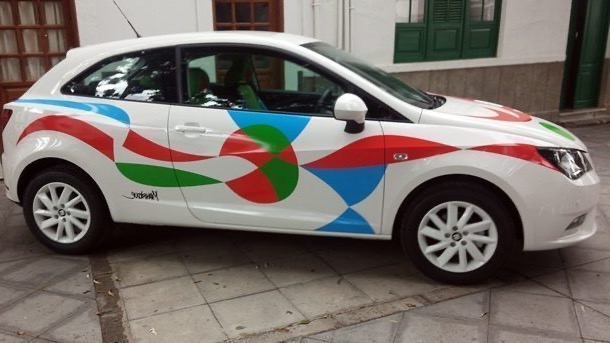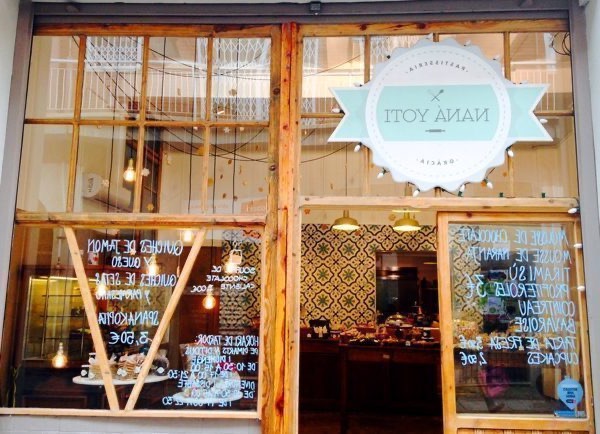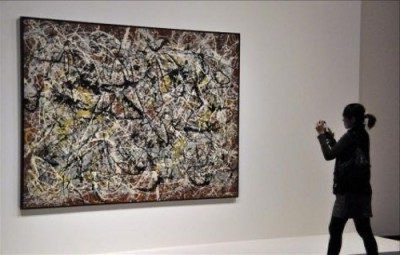
La Holiday of Malaga, held annually in August, is an exuberant street party during which people celebrate with flamenco steps and a toast based on "fino", a typical Spanish liqueur.
The fair was born to celebrate the reconquest of the city by the Catholic kings Isabella and Ferdinando in 1487. Traditionally it opens on the Saturday of the second week of August and ends the following Saturday.
Date Malaga Fair 2019
The edition of the Malaga Fair 2019 will be held from Thursday 15th August until Saturday 24th August.
The inauguration
The party begins with the inauguration, which takes place with an impressive show of fireworks, which can be admired up to a few kilometers away. It is a real explosion in the sky above Malaga, a Big Bang! If you are interested in seeing the show, the best view is undoubtedly the one from the harbor.
The classic speech "Fair Proclamation". The speech is delivered by the highest officials of the city administration or by public figures, from the balcony of the Town Hall.
How the party takes place
The next day people pour into the streets with the intent of dance and drink, in full joy, dressed in traditional clothes. The traditional dance of Andalusia is called “Sevillanas”, and is made up of four distinct dances; is an impromptu street dance, which involves dancers and spectators.
The city fair is concentrated around the area of Marques de Larios Street, which for the occasion is decorated with lanterns and flags. Millions of people visit the fair every year, although not many international tourists seem to know it.
The Malaga fair takes place during the day until sunset in the streets of the center, while in the evening it moves to a space specially set up for the occasion. The day, the day fair, starts around noon and officially ends around 19.00, when the night fair. Before sunset the streets are filled with people who flock to the bars, for a drink, a plate of tapas and some impromptu dance.
the booths
In the evening, the celebrations are concentrated in an area specially dedicated to the Feria, a large area west of the A7 motorway, near the building of the Palace of Congresses, where various associations install their "booths”, Or rather large stands dedicated to entertainment and refreshments, illuminated with plays of light and lanterns. In these stands, seniors and young people gather to continue celebrating until dawn.
The Municipality offers a series of special shuttle buses that connect the city center to the casetas area, active 24 hours a day. It is here that the traditional spirit of Andalusian men and women mixes with the technologies and the environment of the 24st century.
The casetas, which are managed by associations, independent groups, companies or more, are the place where many commercial deals are also concluded between the locals, who keep their classic office closed for the week. The younger ones can instead have fun with the attractions and games of the funfair set up for the occasion.
Tradition and culture

In these days of celebration, some decide to celebrate in full Spanish tradition, attending a bullfighting show held in the arena of La Malagueta, in the section of the festival called Bullfighting Fair. Another appointment not to be missed is the historical cavalcade, a parade on horseback where people, dressed in traditional clothing, simulate entering the city after the Reconquest, to commemorate the arrival of the Catholic Monarchs in the city.
In general the Malaga Fair falls into the category of typical Andalusian festivals, which are celebrated in most towns and even villages between spring and autumn. The inhabitants of the region feel these celebrations a lot, as they represent a break from the routine and monotony of everyday life, and they see it as an opportunity to have fun and rediscover their roots in joy.
The rivalries
Some cities feel a lot of competition when it comes to partying. For example the Feria de Malaga it is in stark contrast to the Feria de Abril in Seville. The game between the two cities is renewed every year and consists in proposing the most majestic and amazing fair.
For example the Festival of Lights, or rather the lighting of thousands and thousands of lights and lanterns around the city in the evening, is a race to the sound of numbers, which sees one city triumph over the other year after year.






